Breastfeeding 101: Everything You Need to Know About Breastfeeding
Breastfeeding can seem like a complex and challenging motherhood topic, especially for first-time mothers. Many opposing approaches and stances about it can look very confusing for mothers who are just looking for the best for their infants.
There is no doubt, however, that breastfeeding is a unique gift of motherhood from a mom to her baby. In fact, various studies highlight the immense benefits of breastfeeding for the mother and the child. Will you believe that there is a lot more to breastfeeding than building a beautiful bond between a mother and her baby? Here is presenting you breastfeeding 101: All you would ever need to know when it comes to breastfeeding your little one.
How does breastfeeding work?
It’s fascinating to know how your body transforms during pregnancy and prepares for your child’s birth. Right after you conceive, your body starts to prepare itself to produce milk. You may notice your breasts to be extra sensitive, so make sure to wear comfy undergarments and clothes.
Immediately after delivery, your body has a hormonal response that helps you produce milk for the newborn. As nature has it; babies are born with a suckling reflex that allows them to latch (though they might need a little more help at times).
Benefits of breastfeeding

As mentioned, breastfeeding brings many benefits for the baby as well as you. Here are a few of the major positives of breastfeeding your baby:
Benefits for the baby
- Best nutrition source by nature that changes as the baby grows
- Excellent source of antibodies for the baby
- Protects the baby from illnesses such as respiratory issues or middle ear infections
- It helps maintain the weight of the baby
- Increases the intelligence of the baby as they grow up
Benefits for you
- Promotes weight loss in mothers
- It helps the uterus reduce in size after delivery
- Reduces risk of postpartum depression
- Protects you from diseases like high blood pressure and type 2 diabetes
- Saves you money and preparation time as compared to formula milk
Breastfeeding positions
There is no right way to breastfeed your baby. Each mom and baby may have a different position that may even change as the baby ages. The most common breastfeeding positions are:
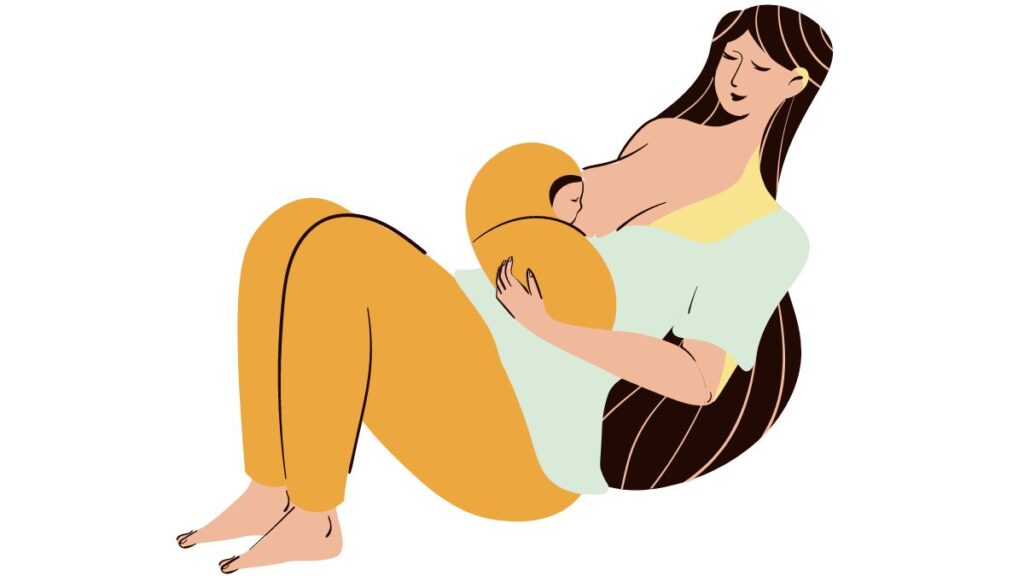
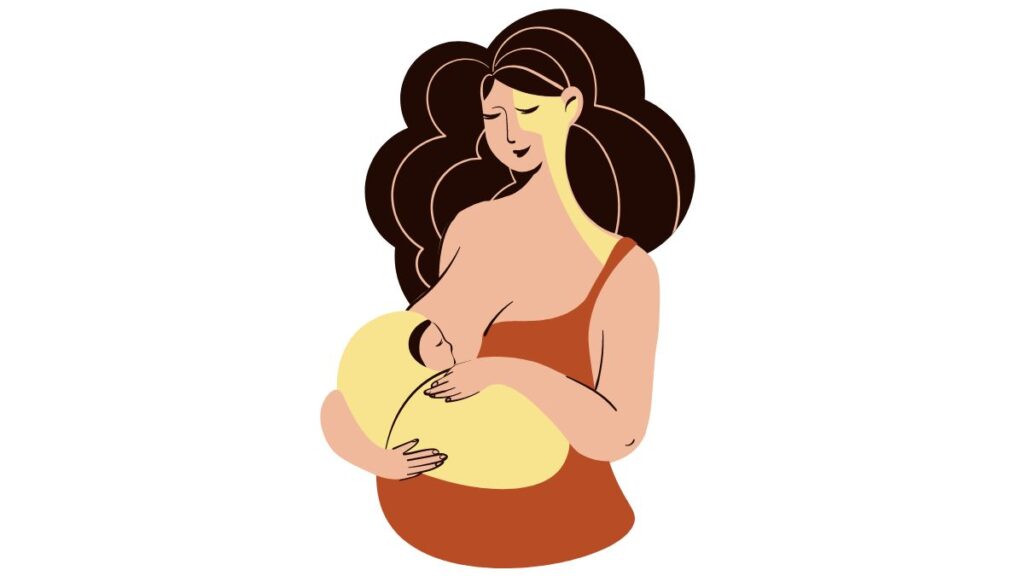
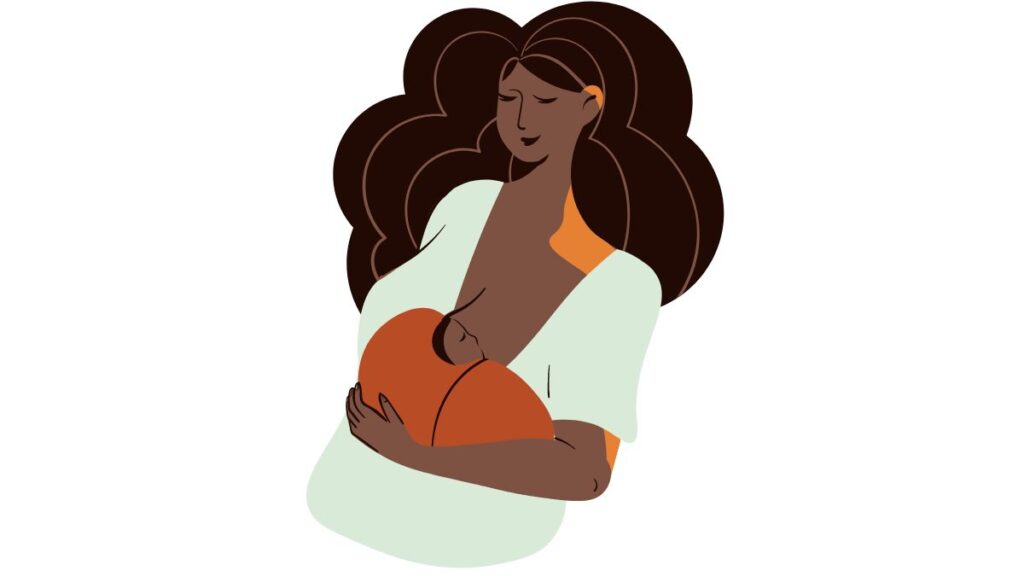

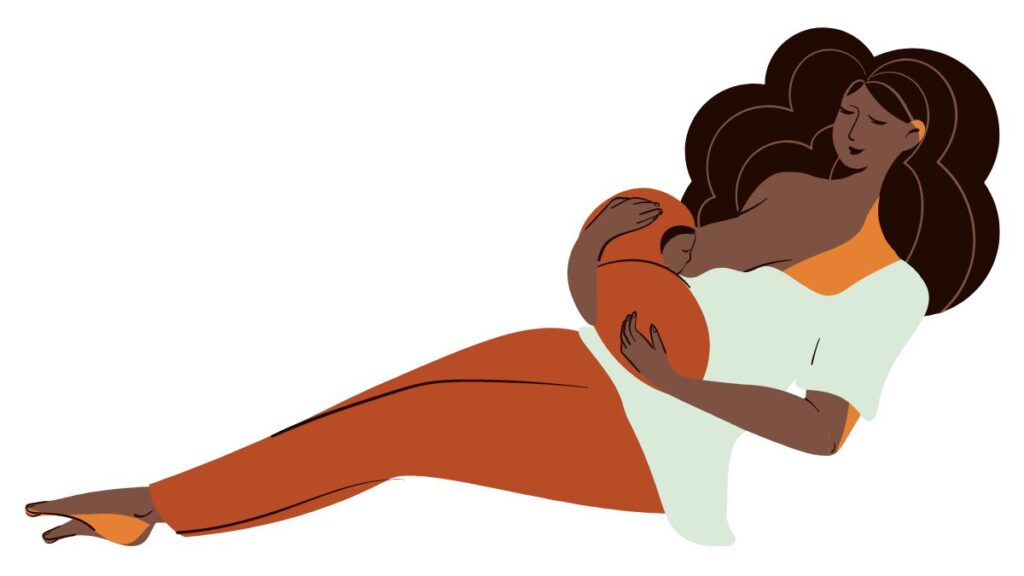
Breastfeeding while pregnant
Many people are against breastfeeding a child when you are pregnant since it may harm the unborn baby. However, research indicates that it is perfectly safe to nurse a child while pregnant at the same time if the pregnancy does not have any complications. However, you may experience mild side effects such as uterus contractions, breast milk changes, and increased morning sickness.
Why is it difficult for some women to breastfeed?
A few women struggle to breastfeed their babies after delivery, and there might be several reasons. Sometimes a mother may not be producing enough milk for the baby to suckle, which could be a hormonal issue, a result of a chronic illness or infection, or maybe due to certain medications as well.
What is mastitis?
Mayo Clinic describes mastitis as “an inflammation of breast tissue that sometimes involves an infection. The inflammation results in breast pain, swelling, warmth, and redness.”
This inflammation primarily affects breastfeeding mothers. It may make breastfeeding painful or uncomfortable. However, using safe antibiotics (as prescribed by the doctors) will ease the discomfort.
How to combine breastfeeding and pumping?
Pumping may help you to increase milk production, ease the discomfort and difficulties of breastfeeding like mastitis, and have milk for the bottles. It is generally recommended to breastfeed the baby first and pump after that. Here are a few simple guidelines:
- Try pumping in the morning when your milk supply is likely to be high
- Pump after breastfeeding your baby
- Make use of your hands to increase your milk supply
- Check the size of pump flanges to ensure comfort
- Ensure that you keep the pumps clean
Breastfeeding tips
Here are some essential breastfeeding tips to follow that might come in handy, especially if you are a new mommy:
- Consider consulting a doctor or lactation consultant before delivery
- Have a comfortable nursing area
- Always hesitate to look for professional help if you have breastfeeding difficulties
- Start breastfeeding as early as possible after delivery
- Assume a comfortable breastfeeding position that works for you and the baby both
- Ensure you properly support the baby’s neck and back
- Take care of your diet while breastfeeding
- Make use of appropriate breastfeeding tools
- Ensure you maintain cleanliness and hygiene
Foods to avoid when breastfeeding
You must look after your diet while breastfeeding your baby to ensure the well-being of you and the infant. Here are a few food items that you should avoid or at least limit the consumption of for the duration you are breastfeeding:
- Fish, due to higher mercury component
- Alcohol
- Caffeine
- Junk and highly processed food
- Some herbs that might decrease milk production (parsley, peppermint, sage)
- Items that may cause food allergies like soy, peanuts, dairy, gluten, etc.
How to stop breastfeeding?
Whenever you and your baby are ready, it is okay to stop breastfeeding without feeling guilty about it. Even if you have tried for a couple of weeks/months only, but it is affecting your mental health, it is okay to stop! Your baby will be fine. Always remember: fed is best! A happy mother is better than a disgruntled mother and a breastfed child.
To stop, you can’t just suddenly stop one day. You have to try a gentle phasing-out for breastfeeding, which will not make you or the little one uncomfortable. Following are some steps that may help you along the way:
- Look for clues that the baby is ready, like showing interest in eating or being irritable during breastfeeding
- Reduce the number of times you breastfeed gradually
- Make a weaning schedule for a month at least
- Be emotionally comforting for the baby
- Expect to face some resistance at first
- Offer alternatives to the baby to help them wean and to ensure proper nutrition
Happy breastfeeding!

That’s it! We hope this information helps new moms and whoever may need it. Always remember: Like everything, breastfeeding takes time. It doesn’t come naturally to everyone and latching definitely doesn’t come naturally to every baby! But that is why lactation consultants exist! So if you do have any issues, just reach out to one! Keep shining on Momma, you got this!
Frequently Asked Questions
Studies indicate that you may burn an extra 300-500 calories while breastfeeding.
Ibuprofen is generally considered safe for nursing mothers as very low quantities of the medication reach the milk.
Yes, but within limits. Coffee with higher concentrations of caffeine may not be safe during breastfeeding; therefore, drinking strong coffee should be avoided. Even otherwise, experts suggest that a nursing mother shouldn’t have more than 300ml of coffee to be safe.
According to experts, there is no evidence that a Covid vaccine shot for nursing women can cause any harm to the mother or the baby.
You burn calories during breastfeeding. However, it may or may not lead to postpartum weight loss as factors like genetics, diet, pregnancy weight gain, etc, need to be considered.
For mothers who are only relying on breastfeeding, the period may take a few months to even up to 2 years to return.
Caffeine may affect your breast milk; therefore, limiting your caffeine intake to 300 mg per day during breastfeeding is advised.
It is generally advised to pump in the morning after breastfeeding your baby or between breastfeeding sessions.
- How to Raise Awesome Parents: A Guide by the World’s Coolest 5-Year-Old - December 22, 2023
- How to Use Sight Words: Strategies for Mastering Common Words - August 4, 2023
- Understanding Dyslexia: Nurturing the Unique Reading Journey of Dyslexic Readers - July 31, 2023

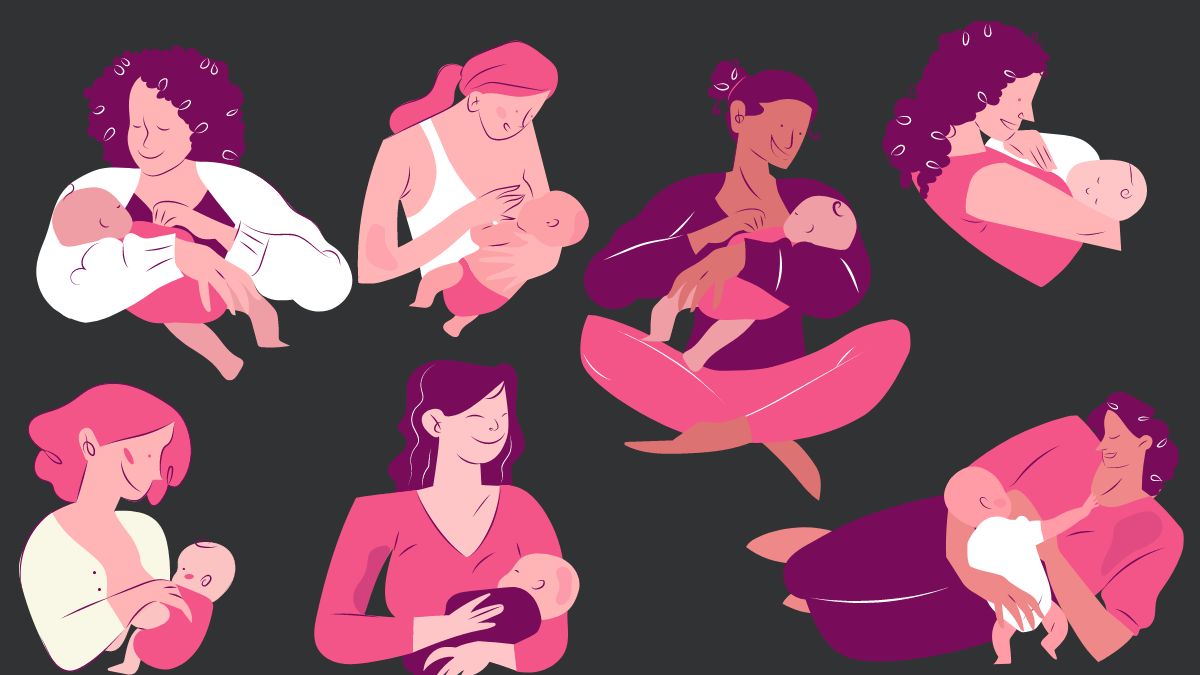




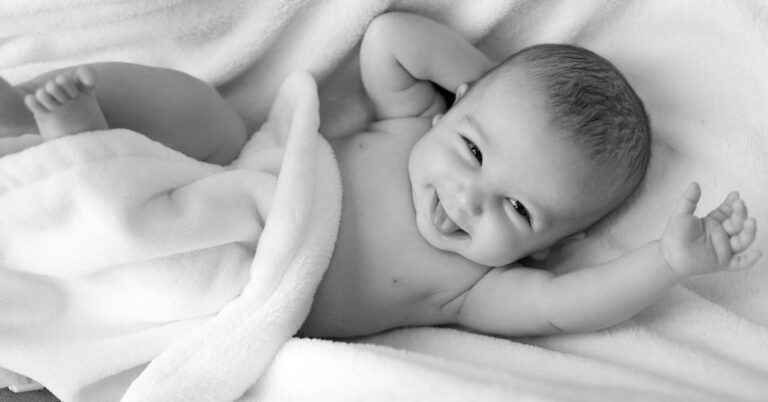

Very informative!